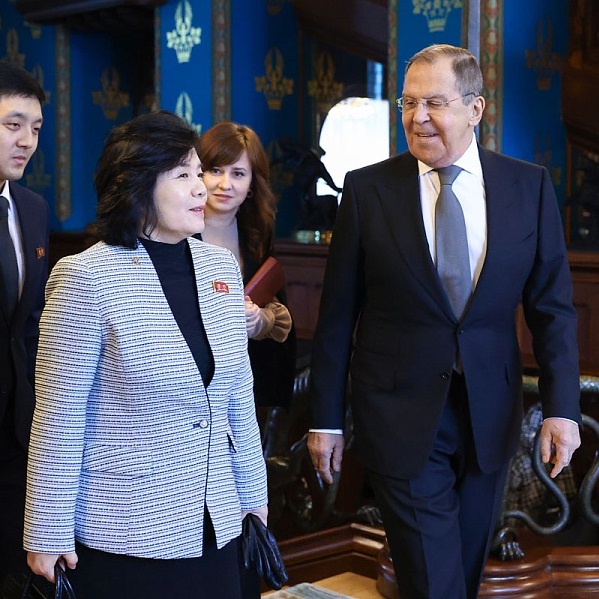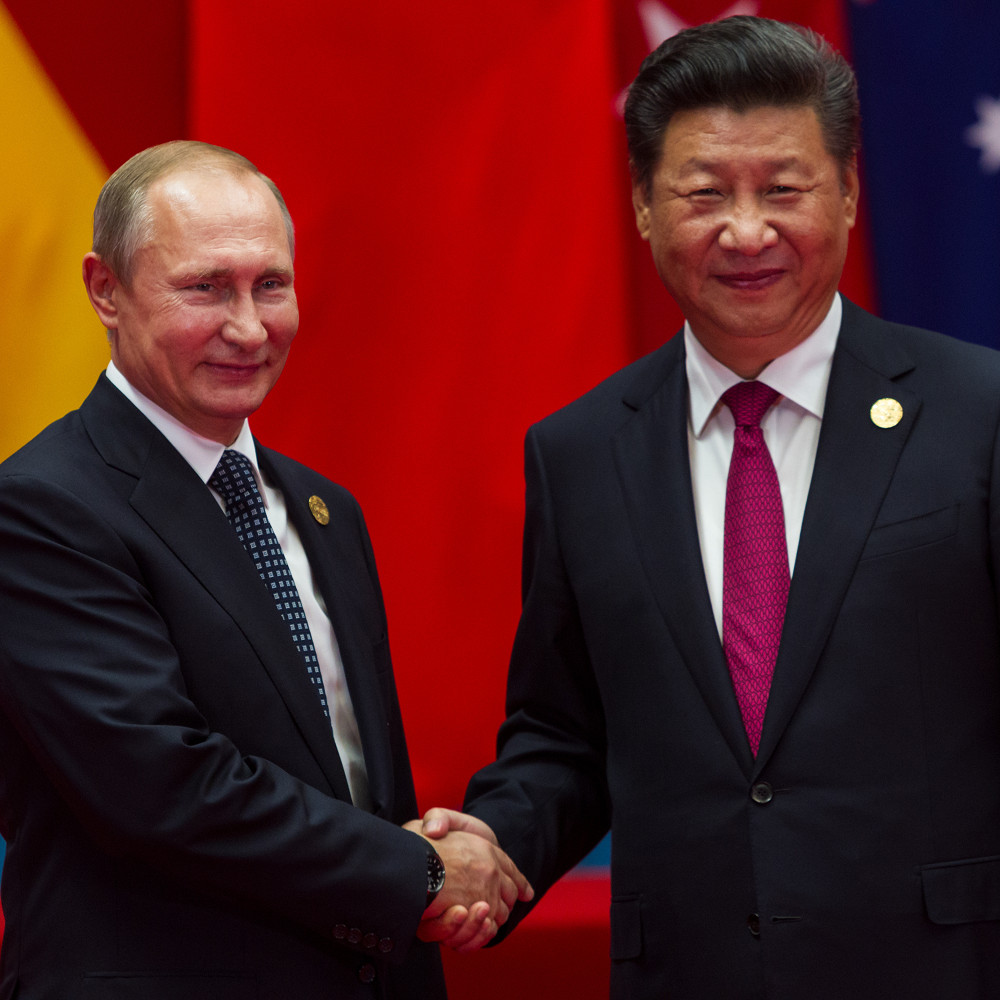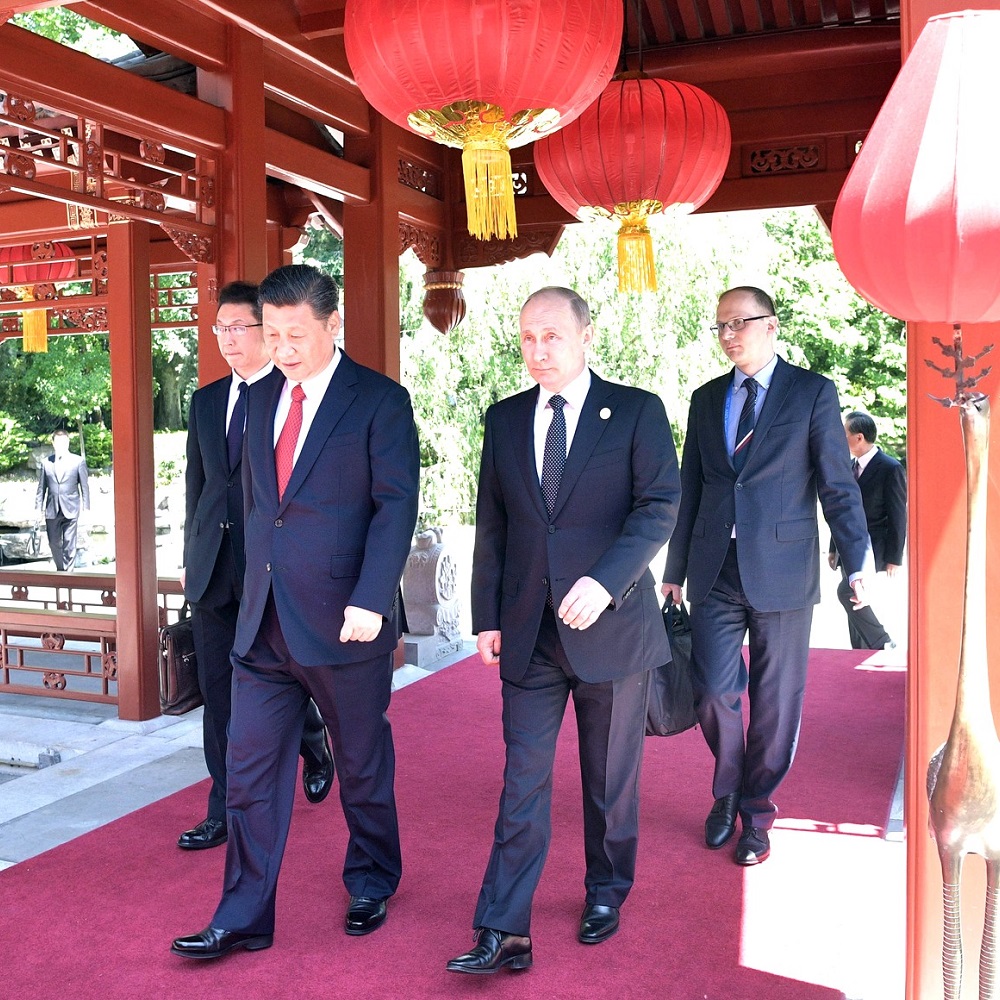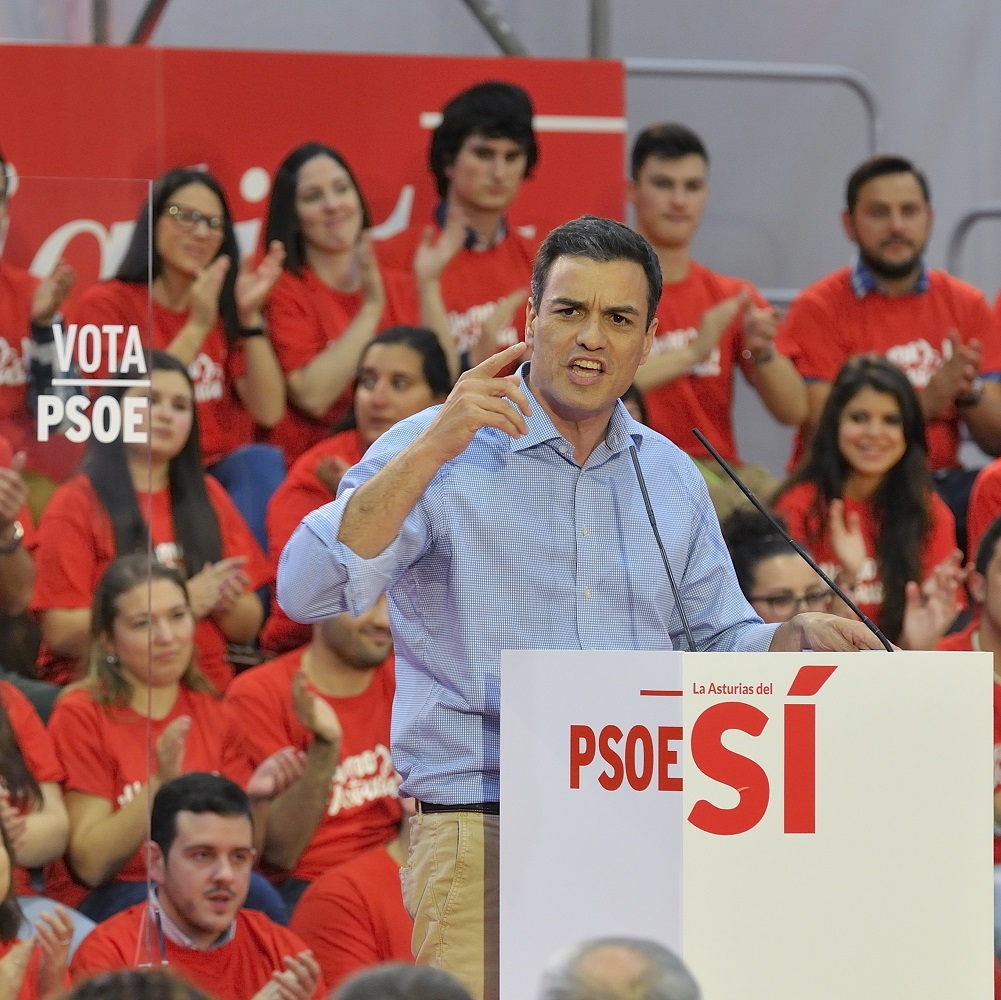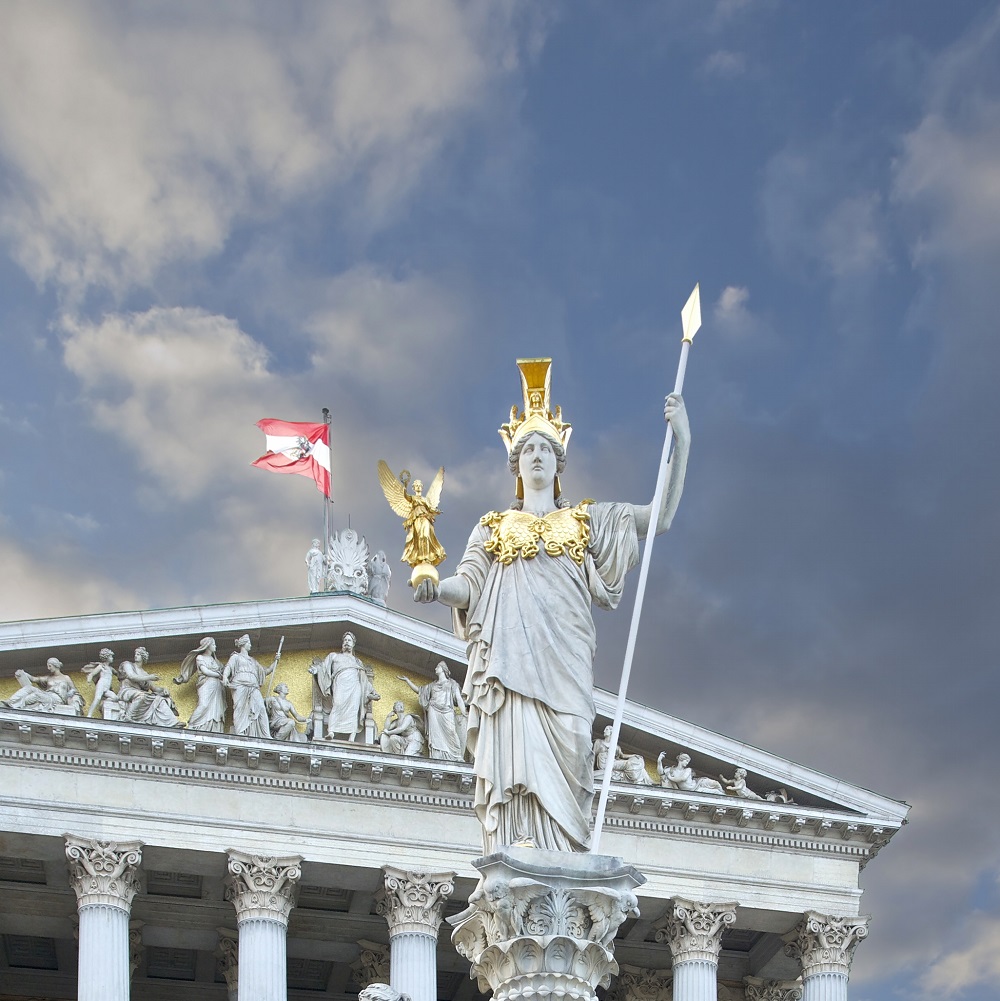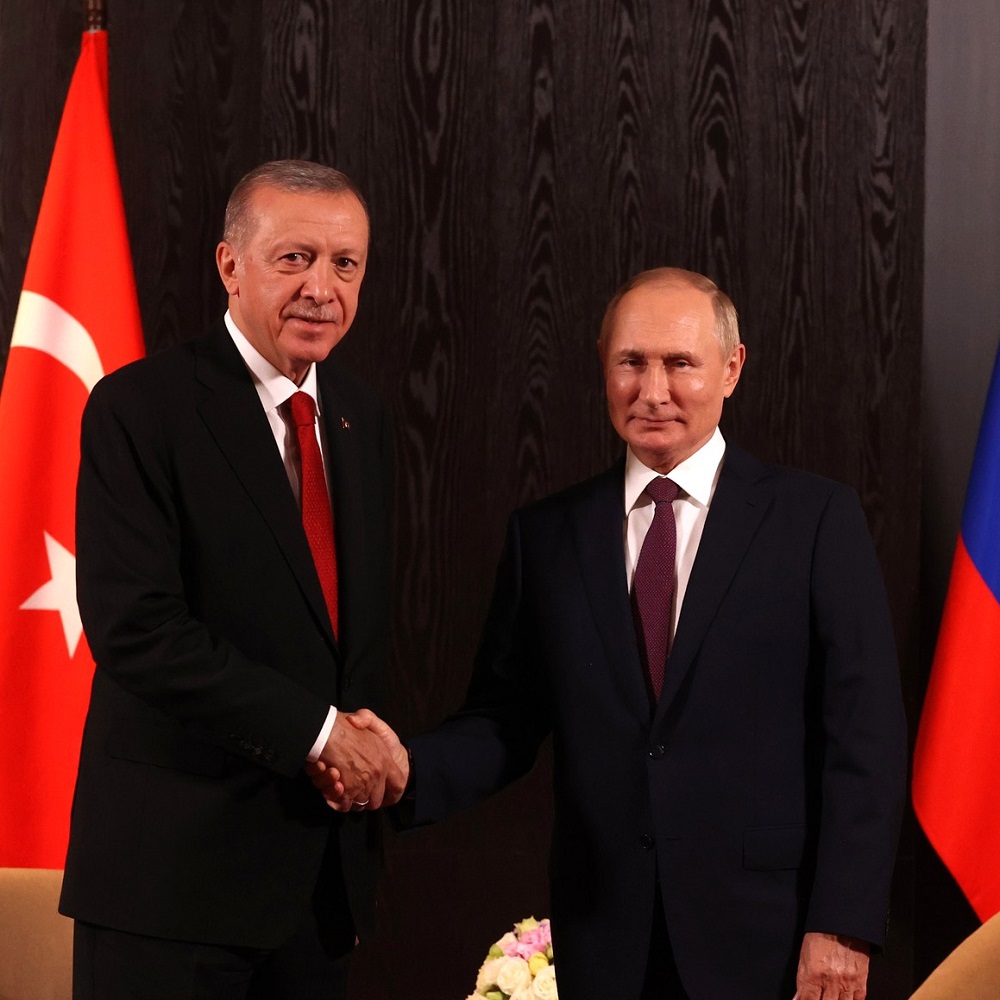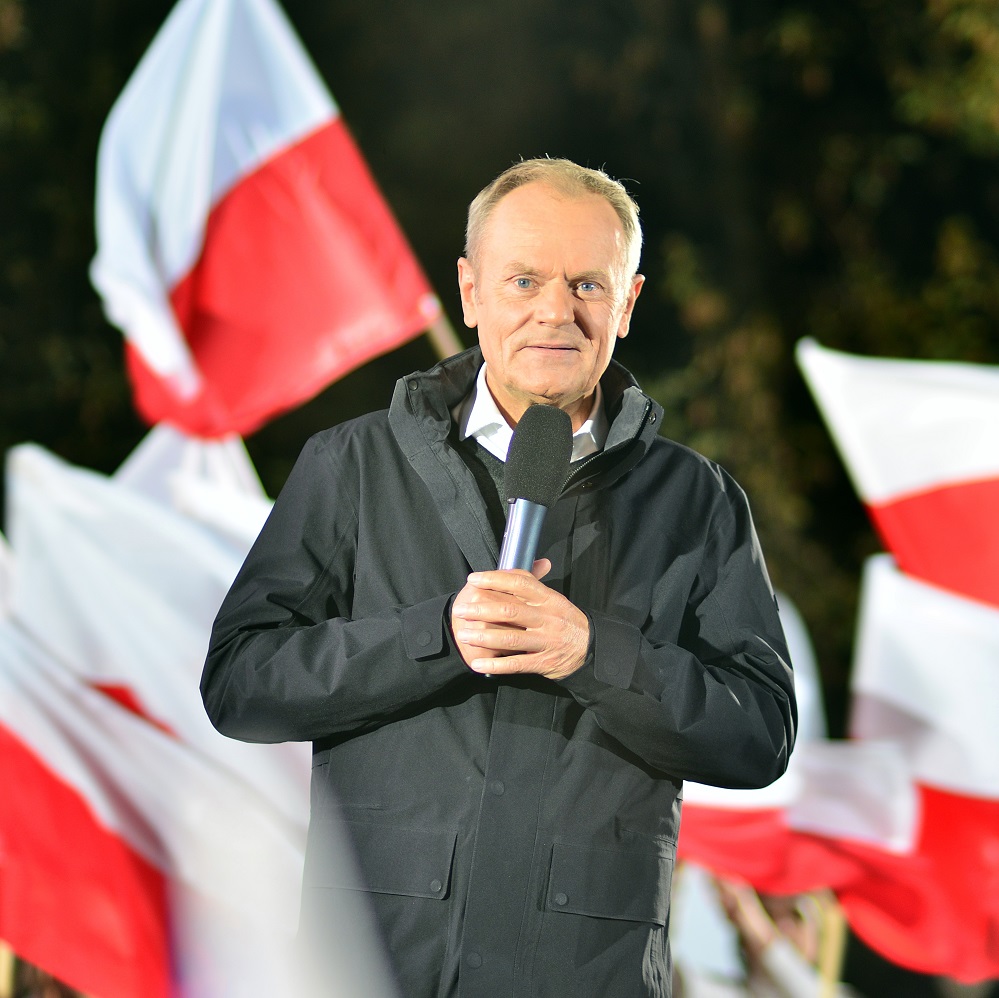Global implications of the Sino-Russian biotechnology collaboration
by Shravishtha Ajaykumar
The Sino-Russian biotechnology collaboration, augmented by its strategic focus on pharmaceuticals and economic growth, has called for a global concern on the future of globalisation. In 2019, China and Russia reinforced their collaboration in scientific innovation and technology. This collaboration, traced back to the 1990s, was relaunched in a signed letter by Chinese President Xi Jinping in March 2023, before he visited Russia. In 2021, Russia and China launched their lunar research and exploration roadmap. The collaboration between these two countries has also included remote sensing, electronic components for space flight applications, and space debris monitoring. In nuclear technology and energy cooperation, the two countries have undertaken the construction of the seventh and eighth power units. The Tianwan Nuclear Power Plant's third and fourth power units of the Xudabao Nuclear Power Plant in China were launched in May 2021. Additionally, the countries have promised the completion of a cross-border pipeline to supply natural gas across the Beijing, Shanghai and Tianjin routes. Additionally, the Russia-China Investment Fund was established by the Russian Direct Investment Fund and China Investment Corporation. Much of the funding and investments upcoming in this area of collaboration between China and Russia are attributed to the Belt Road Initiative, which is expanding research in university research centres in biology, material sciences, and space exploration. This history of cooperation underpins a strategic convergence towards the biotechnology sector, as both nations recognise the potential of this field to not only drive their scientific advancement but also reshape the global scientific landscape. There are multifaceted dimensions of the Sino-Russian biotechnology collaboration, delving into its historical roots, far-reaching implications, hurdles, and potential consequences, including its impact on biowarfare and biosecurity. China has outlined biotech goals in its Made in China 2025 strategy, including innovative medicine. Similarly, Russia released its Pharma 2030 strategy in December 2021. This strategy aims to enhance the production of medicine and medical equipment and innovation, One of the pivotal domains of this collaboration lies in genetics and genomics. The immense genetic diversity within both nations provides an unprecedented platform for joint research to unravel the intricate genetic underpinnings of various diseases. By pooling their vast resources, expansive datasets, and scientific expertise, China and Russia can accelerate the pace of genomic research and chart the course for personalised medicine and innovative approaches to disease prevention. This has implications for their populations and the broader global healthcare and biotechnology innovation landscape. Both countries have seen an increase in biotechnology capacities in the last decade. China, for example, has a biotechnology market value of nearly USD 4 billion as of 2021. Similarly, Russia has also begun expanding research and market investment in biotechnology, especially since the advent of their SARS-Cov vaccine, Sputnik V. Though Russia’s market expansion is yet to grow to compete with other larger economies, its collaboration with China may indicate future growth in this area. Despite limitations in their national biotech industries, Russia and China have increased collaboration in the field of biotechnology; one notable example includes the Russian company Biocad and Chinese manufacturer Shanghai Pharmaceuticals Holding (SPH) collaborating to commercialise medicines in the Chinese market. This venture received significant funding, with SPH holding 50.1% and Biocad 49.9%.Global ImplicationsHowever, the growth of Chinese and Russian biotech programmes and their collaboration has sparked concerns in other countries. Many countries, including the United States (US), highlighted them as countries to monitor due to “unreliable information”, as stated in the Biodefence Posture Review 2023. In 2022, the US released a renewed National Biodefence Strategy and Implementation Plan and its Biodefence Posture Review 2023. The 2023 Biodefence posture review highlights the need for a biosecurity approach to biodefence. Similarly, the United Kingdom (UK) has released a biological security strategy, where the Russian invasion of Ukraine has been highlighted in a case study linked to an increase in the Avian Flu. Outside of concerns directly related to Russia and China, these strategies, including India’s Biosafety Manual for Public Safety Laboratories, highlight a pressing need for biowarfare preparedness and underscores the significance of collaboration in the biotechnology realm to address non-reported activities or non-state actors and bioterrorism. In response to the global shift in investment and innovation into biotechnology, preceded by the concerns of the pandemic and the potential for future pandemics, other regions, including the European Union and Africa, are also prioritising biosafety and biosecurity strategies. Biosafety and Biosecurity are growing concerns for nation-states in the coming decade, so many have highlighted these areas in their strategies. However, with collaborations between countries attributed to unreliable, this strategy must also consider responding to misinformation and malintent.Responding to Sino-Russian collaborationAs the potential threat of biowarfare looms, strategies are not enough and collaborative efforts of larger economies can prove to become pivotal in developing advanced strategies for detecting, preventing, and mitigating bioterrorist threats. Their combined expertise in genetics and biotechnology offers the potential to create rapid response systems, advanced diagnostics, and countermeasures against potential biowarfare agents. Such collaboration can address strategies' applications and concerns around Sino-Russian cooperation, non-state actor threats and future pandemics. Creating a collaborative bilateral alliance between India and the USA in the field of biotechnology growth and innovation can help counter the potential of the Sino-Russian collaboration that does not inhibit global development but still prioritises the needs of other economies. Such an alliance can also be developed under multilateral partnerships like the Quad (Quadrilateral Strategic Alliance (India, Japan, Australia, US)) or I2U2 (India, Israel, UK, US). We have already seen India progress in the global market with collaborative advancements in vaccine development. The same expanded diagnostics and surveillance technologies testify to their commitment to international security and preparedness. They provide the global south and upcoming economies with a more significant platform to compete with economies like Russia and China. The journey of Sino-Russian biotechnology collaboration, specifically emphasising biowarfare preparedness, is challenging. Geopolitical considerations, intricacies surrounding medical innovation, trade and investment, and the complexities of regulatory harmonisation necessitate navigation. Sustaining the success of this collaboration demands cultivating further global partnerships between other countries at bilateral/trilateral levels, mutual trust, equitable resource allocation, and sharing knowledge in an atmosphere of camaraderie.ConclusionThe recent strides taken during the COVID-19 pandemic highlight the urgency and effectiveness of global cooperation in addressing emerging infectious diseases and bioterrorist threats. The international community witnessed how rapid vaccine development and distribution can be achieved through collaborative cross-border efforts. Joint initiatives are poised to yield breakthroughs in biopharmaceuticals, regenerative medicine, bioinformatics, and biowarfare preparedness. The Sino-Russian biotechnology collaboration, augmented by its strategic focus on pharmaceuticals and economic growth to space and BRI applications, has called for a global concern on the future of globalisation. Additional concerns around biowarfare preparedness symbolise the evolving landscape of scientific partnership and balancing the same with geopolitical alliances. By harnessing their complementary expertise in genetics, genomics, healthcare, and biowarfare preparedness, China and Russia stand poised to redefine the contours of the biotechnology industry, revolutionise global health outcomes, stimulate economic growth, and enhance global security. As they adeptly navigate challenges and seize the opportunities that lie ahead, other leading economies, including India, must also further their growth in biotechnology and address global markets through collaboration.
